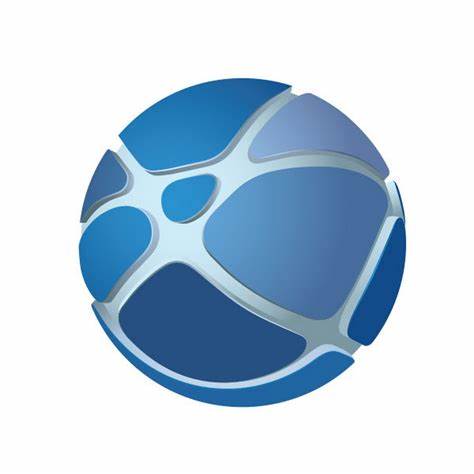Learning As Kids And Learning As Adults: Under The Inspiration Of Kirkpatrick’s Four Level Model
This article discusses how Kirkpatrick’s Four Level Model gives us insights into the best ways to learn.
 Thursday, 22 October 2015
Thursday, 22 October 2015
Kirkpatrick’s Four Level Model: Learning As Kids And Learning As Adults
How often do people think about the way they learn? Once we are out of school and learning is no longer our primary occupation, often we stop considering how learning is continuing to affect our daily lives. Our focus changes from growing as students to achieving as employees. The truth is, learning never stops. But, what do the amazing learning experiences that we have all experienced in school have in common with the ongoing pursuit of growth and improvement as adults?
This is the question that has inspired me and my work leading the SolidProfessor content development team, shaping our Instructional Design to be the most effective to learners who are trying to improve performance in addition to cultivating their knowledge. Here at SolidProfessor, one of the learning methodologies that have inspired our Instructional Design is Kirkpatrick’s Four Level Model.
Kirkpatrick’s model is somewhat analogous to Maslow’s hierarchy of needs in the learning world, where you need food, water, and shelter before you can begin a pursuit of self actualization. The four levels are:
- Reaction. Did you like the training? In order to learn effectively, people need to actually like the experience. Most people can relate to how much they learned in classes where they loved the instructor. The connection with the instructor is something we value in the learning experiences for all of the courses we develop. We strive to make each learner feel like our instructors are working with them right over their shoulder, and we place a lot of value on our media production techniques so that the experience is polished, professional, and engaging.
- Learning. This step in Kirkpatrick’s model is about how effective a course is in helping people gain new knowledge and understanding about a particular subject. Knowledge is the basis for the application of new skills. As we are living in a digital age, there is an ever increasing need to deliver information when and where it is relevant, in a consistent and concise format. As information is delivered, the “what” and the “how” are certainly important, however, when learners go on to apply their knowledge to obtain new skills, they must also understand why a feature or concept is important, and why they might consider a particular approach to applying them.
- Behavior. Ultimately, what we are looking to do as designers of learning programs is to change the learner’s behavior. Or, in other words, establish behaviors where learners adopt and perform newly acquired skills on the job. Implementation of knowledge is the key indicator of a successful learning experience. It essentially enables learners to be able to DO something that they would not have been able to do before.
- Results. Gaining tangible results through learning methodology is the Holy Grail in Kirkpatrick’s Four Level Model. It is the most sophisticated outcome and also the most difficult to measure. We look at it in terms of return on education (ROE) and/or return on investment (ROI) for the time invested or the money spent on a learning program. Examples of the results step for CAD users are: Reduced errors, reduced design cycle times, reduced costs, increased production, increased efficiency. This step is essentially the equivalent to “Self-Actualization” in Maslow’s hierarchy, and can only be achieved when the learning program is effective in the first three steps of Reaction, Learning, and Behavior.
























